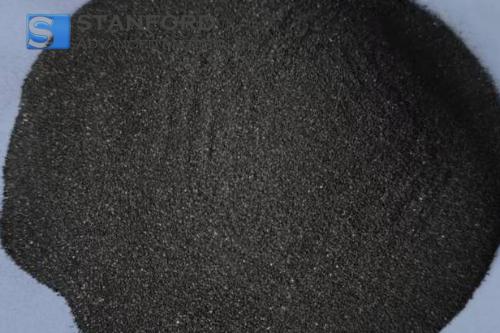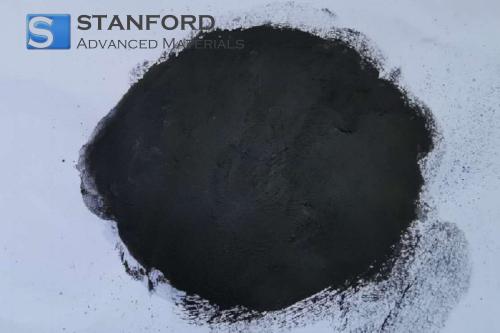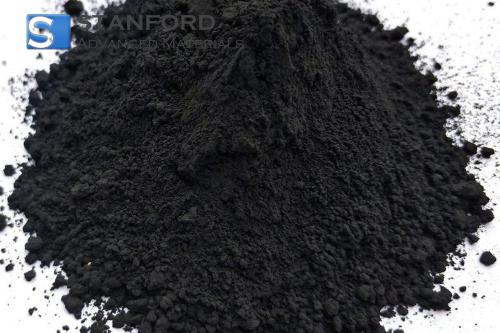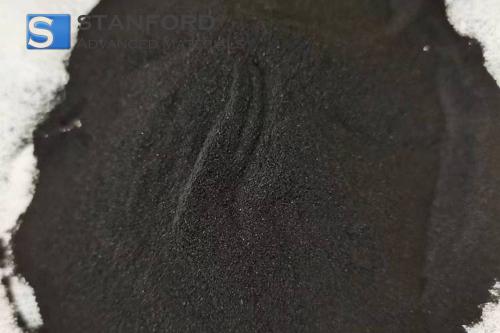Electronic Materials: Types And Examples
Description
Electronic Materials form the basis of modern devices. They are key components in circuits, processors, display units and other hardware. This article presents a factual overview of common types with specific examples.
Types of Electronic Materials
Each electronic material performs a distinct function in a device or circuit. They are classified into several main groups: conductive materials, semiconductor materials, insulating materials and magnetic materials. Conductors allow the passage of electrical current with minimal resistance, whereas semiconductors regulate current flow. Insulators prevent undesired leakage currents and protect sensitive electronic components. Magnetic materials are used in devices to generate or control magnetic fields. Given that each category fulfils a specific role, they are applied according to defined technical criteria.
Classification of Conductive Materials
Conductive materials enable electrical current to pass with low resistance. The predominant examples are metals. Copper remains the most widely employed material in wiring owing to its low resistivity (approximately 1.68 × 10⁻⁸ Ω·m), while many engineers use aluminium in power lines because it is both lightweight and cost-effective. Silver and gold are also used as conductors; however, their higher cost restricts their use. In many devices, these metals are incorporated into circuits. In high-frequency applications, copper demonstrates excellent performance given that its electrical properties remain consistent.
Classification of Semiconductor Materials
Semiconductor Materials possess an electrical conductivity that lies between that of conductors and insulators. Silicon is the most recognised semiconductor and forms the basis of integrated circuits and computer chips. Germanium has been used for many decades. Compound semiconductors, such as gallium arsenide, offer measurable improvements in performance in high-speed applications; they are employed in microwave circuits and light-emitting diodes. Small adjustments in impurity levels produce quantifiable changes in performance, thereby enabling precise control of electrical current flow. Many everyday devices incorporate semiconductors because their electrical properties can be accurately calibrated.
Classification of Insulating Materials
Insulating materials, also known as insulators, restrict the flow of electrical current. They prevent unintended current flow between device components. Glass, plastics and ceramics are typical examples of insulators. Plastics serve extensively in cable coatings. Ceramics are suitable for high-temperature environments and are used in energy distribution equipment and electronic circuits. Glass finds applications in high-frequency scenarios. These materials are evaluated on their ability to withstand electrical stress. In various industries, the use of insulators contributes to enhanced safety and maintained performance standards.
Classification of Magnetic Materials
Magnetic materials generate either attraction or repulsion and are divided into several subcategories. Ferromagnetic Materials, such as iron and its alloys, are the most commonly used in modern applications. Their properties are significant in motors, transformers and data storage systems. Other magnetic materials include rare-earth compounds such as neodymium magnets, which produce high magnetic fields within compact dimensions. Ferrimagnetic and antiferromagnetic materials are also important in specialised devices. In applications such as speakers and electric motors, these materials are applied in accordance with strict performance criteria. Selection is based on the specific mechanical arrangement, and engineers have, over many years, conducted laboratory studies to ensure performance targets are met.
Conclusion
Electronic materials have a measurable impact on daily technological operations. They are present in devices ranging from the smallest sensors to large power transformers. Conductors, semiconductors, insulators and magnetic materials each serve a defined function. Appropriate material selection contributes to consistent operational performance. Routine tests and extended studies help maintain established performance standards. Long-term laboratory investigations provide a reference for practices that meet technical requirements.
Frequently Asked Questions
Q: What is the role of conductors in electronics?
A: They are used to conduct electrical current in circuits and devices.
Q: What is the importance of silicon in semiconductor devices?
A: Silicon regulates electrical current and is fundamental in computer chip design.
Q: Why are insulating materials important?
A: They prevent electrical leakage and protect sensitive electronic components.

 Bars
Bars
 Beads & Spheres
Beads & Spheres
 Bolts & Nuts
Bolts & Nuts
 Crucibles
Crucibles
 Discs
Discs
 Fibers & Fabrics
Fibers & Fabrics
 Films
Films
 Flake
Flake
 Foams
Foams
 Foil
Foil
 Granules
Granules
 Honeycombs
Honeycombs
 Ink
Ink
 Laminate
Laminate
 Lumps
Lumps
 Meshes
Meshes
 Metallised Film
Metallised Film
 Plate
Plate
 Powders
Powders
 Rod
Rod
 Sheets
Sheets
 Single Crystals
Single Crystals
 Sputtering Target
Sputtering Target
 Tubes
Tubes
 Washer
Washer
 Wires
Wires
 Converters & Calculators
Converters & Calculators
 Write for Us
Write for Us





 Chin Trento
Chin Trento



